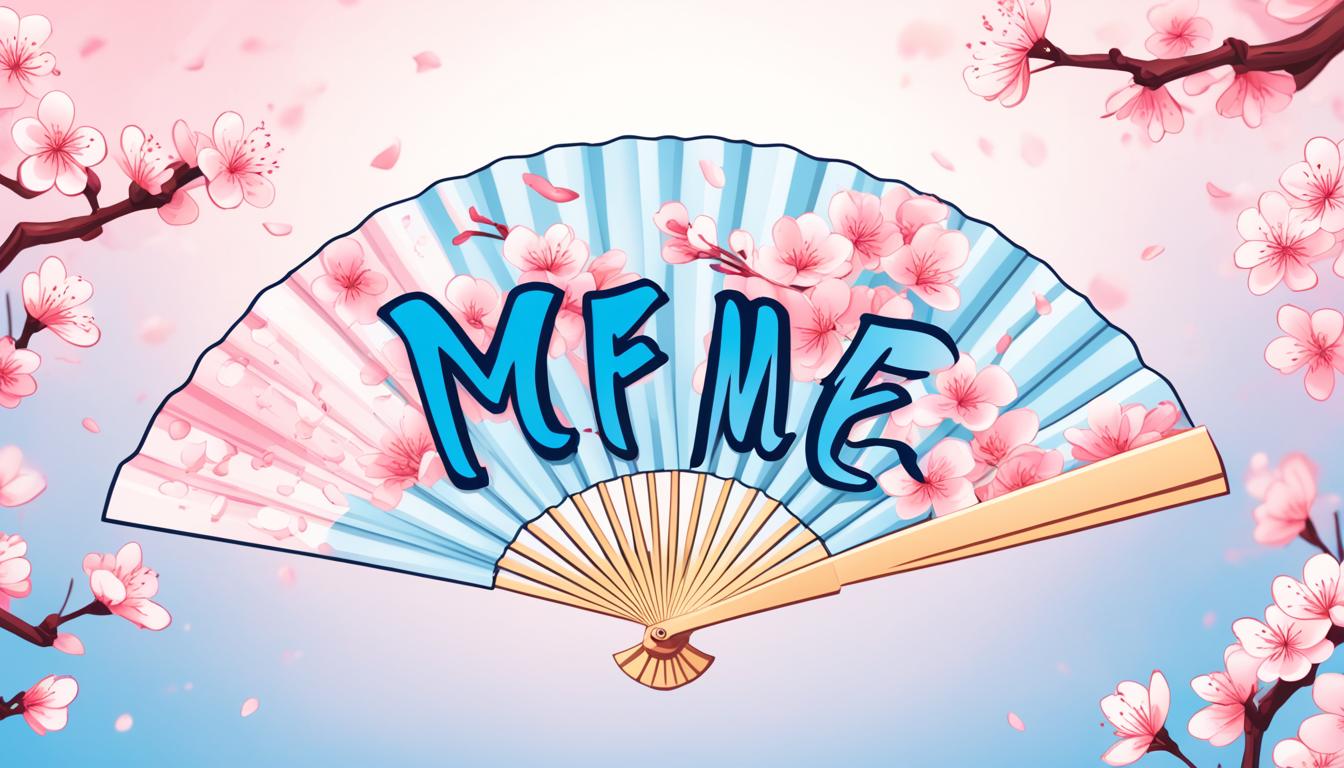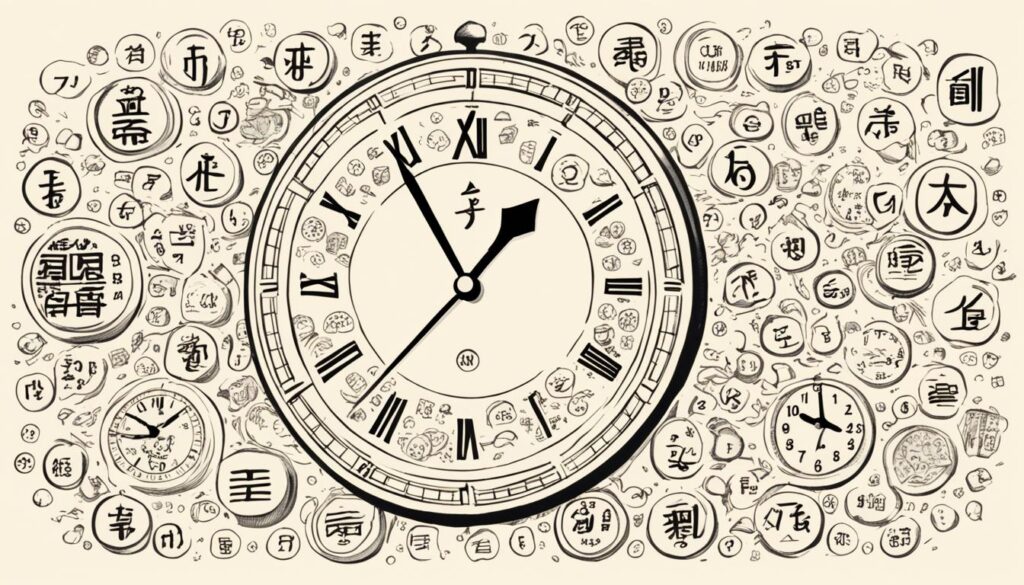
Learning how to say “me” in Japanese is an essential step towards mastering the language. Japanese offers several pronouns for self-reference, each with its own nuances and appropriate usage. In this quick guide, we will explore the different pronouns and provide insights into their meaning, grammar, pronunciation, equivalent words, and cultural usage.
When it comes to self-reference, the most commonly used pronouns in Japanese are 私 (watashi), 僕 (boku), and 俺 (ore). Understanding when and how to use these pronouns correctly will greatly enhance your linguistic proficiency in Japanese.
Let’s dive into the meaning and grammar of these pronouns, and explore their pronunciation and equivalent words. We will also discuss the writing of these pronouns in Kanji, and delve into the contextual and cultural usage of each pronoun in Japanese society.
Whether you’re a beginner in Japanese or seeking to expand your language skills, this guide will provide you with the knowledge needed to confidently express “me” in Japanese.
Overview of Japanese Language
The Japanese language, also known as Nihongo, is spoken by approximately 130 million people worldwide. It is the native language of Japan and is also spoken by small communities in other countries. Japanese is considered a language isolate, meaning it is not related to any other language. It belongs to the Japonic language family, along with Ryukyuan languages spoken in the Ryukyu Islands of Southern Japan.
Is Japanese a difficult language to learn?
Learning Japanese can be challenging due to its unique features. The language utilizes three alphabet systems: Hiragana, Katakana, and Kanji. Hiragana is used to represent native Japanese words, whereas Katakana is used for foreign words. Kanji, on the other hand, consists of adopted Chinese characters.
To achieve a higher level of competence in the Japanese language, such as JLPT N1, learners need to familiarize themselves with around 1,500 to 2,000 Kanji characters. This can be a daunting task, as each character has its own meanings and sometimes multiple readings.
However, with dedication, consistent practice, and effective learning approaches, it is possible to become proficient in Japanese. Learning the alphabet systems, starting with the basics of Hiragana and Katakana, and gradually incorporating Kanji, is an essential step in gaining fluency in the language.
Learning Japanese requires patience and perseverance, but it can also be an incredibly rewarding journey. Embrace the challenge and explore the rich cultural heritage and linguistic intricacies of the language.
How Long Does It Take To Learn Japanese?

The time it takes to learn Japanese can vary significantly based on several factors. These include the number of study hours per week, the learning methods employed, and individual aptitude. If you’re aiming for a higher level of language proficiency, such as JLPT N1, it generally takes around 3-4 years of dedicated study and practice to achieve that goal.
Learning Japanese is a journey that requires consistent effort and commitment. It’s important to establish a study routine and allocate sufficient time for practice. By immersing yourself in the language and dedicating regular hours to learning, you can make steady progress.
One effective approach to learning Japanese is to seek the guidance of a skilled Japanese teacher or tutor. They can provide valuable insight and personalized instruction to help you navigate the complexities of the language. Additionally, they can offer feedback and guidance to improve your language skills more efficiently.
It’s worth noting that everyone learns at their own pace, so the time to learn Japanese may vary for each individual. However, with consistent practice, the right learning approaches, and the support of a knowledgeable teacher, you can make significant strides in your Japanese language journey.
Learning a new language is a rewarding endeavor and opens up opportunities for personal growth, cultural exploration, and professional development. So, if you’re ready to embark on the exciting journey of learning Japanese, stay dedicated, stay motivated, and enjoy the process!
Benefits of Learning Japanese Language
Learning the Japanese language offers numerous benefits. By immersing yourself in the language, you gain a deeper understanding of Japanese culture, customs, and traditions. It allows you to connect with the rich heritage of Japan and appreciate the nuances of its society.
Moreover, acquiring fluency in Japanese provides a competitive advantage in the job market. Numerous industries, such as technology, automotive, and finance, have strong ties with Japan. Companies operating in these sectors highly value employees who can communicate effectively in Japanese. Having this language skill opens doors to exciting career opportunities and gives you an edge over competitors.
Additionally, learning Japanese opens up the possibility of pursuing higher studies in Japan. Renowned universities in Japan offer a wide range of programs and scholarships for international students. By mastering the language, you can fully immerse yourself in Japan’s education system and explore academic avenues that align with your interests and career goals.
| Benefits of Learning Japanese Language | Details |
|---|---|
| Deeper understanding of Japanese culture, customs, and traditions | Immerse yourself in the richness of Japanese heritage |
| Competitive advantage in the job market | Fluency in Japanese enhances opportunities in various industries |
| Opportunities for higher studies in Japan | Explore renowned universities and academic programs |
Direct and Indirect Ways of Expressing “I love you” in Japanese
Japanese people have various ways of expressing love and affection, utilizing both direct and indirect expressions. When it comes to direct expressions, individuals may use phrases like 「付き合ってください」(Please date [with me] as a couple) or 「好きです」(I love or like [you]). These straightforward phrases leave no room for misinterpretation, clearly conveying the depth of one’s feelings.
On the other hand, indirect expressions of love in Japanese involve a subtler approach. Individuals may choose to convey their emotions through poetic and romantic phrases, harnessing the beauty of the Japanese language. A romantic and indirect way to express love might be by commenting on the beauty of the moon, comparing it to the radiance of the loved one’s smile or the tenderness of their affection.
The choice between direct and indirect expressions of love largely depends on the individual’s character and the context of the relationship. Some may opt for direct expressions to leave no room for doubt and to express their emotions clearly. Others may prefer the elegance and subtlety of indirect expressions, creating an air of mystery and romance.
In Japanese culture, both direct and indirect expressions of love are valued. Each method brings its own charm and adds to the beauty of love in Japanese relationships.
Here is a table summarizing the direct and indirect ways of expressing “I love you” in Japanese:
| Direct Expressions | Indirect Expressions |
|---|---|
| 「付き合ってください」 (Please date [with me] as a couple) | Commenting on the beauty of the moon |
| 「好きです」 (I love or like [you]) | Using poetic and romantic phrases |
As the table demonstrates, both direct and indirect expressions of love in Japanese offer unique ways to convey affection. Whether choosing the direct route or harnessing the elegance of indirect expressions, the depth of one’s emotions can be effectively communicated in the beautiful language of Japanese.
The Cultural Significance of Expressing Love in Japanese
In Japanese culture, the expression of love holds deep cultural significance and differs from Western traditions. One notable event is Valentine’s Day in Japan, where it is common for females to give handmade chocolate cakes to the males in their lives as a way to express their love and affection. This act is seen as a heartfelt gesture of appreciation and admiration.
Furthermore, it is not only romantic partners who receive chocolates on this special day. Male colleagues may also receive what is known as “義理チョコ” (Giri choco), which represents friendship or gratitude. This demonstrates the importance of social bonds and the acknowledgment of meaningful relationships.
One month later, on White Day, males who received presents on Valentine’s Day are expected to return the favor. It is customary for them to give gifts, often in the form of white chocolates or other tokens of appreciation, as a gesture of reciprocity. This exchange of gifts on White Day reinforces the cultural norms of mutual respect, honor, and balance in relationships.
